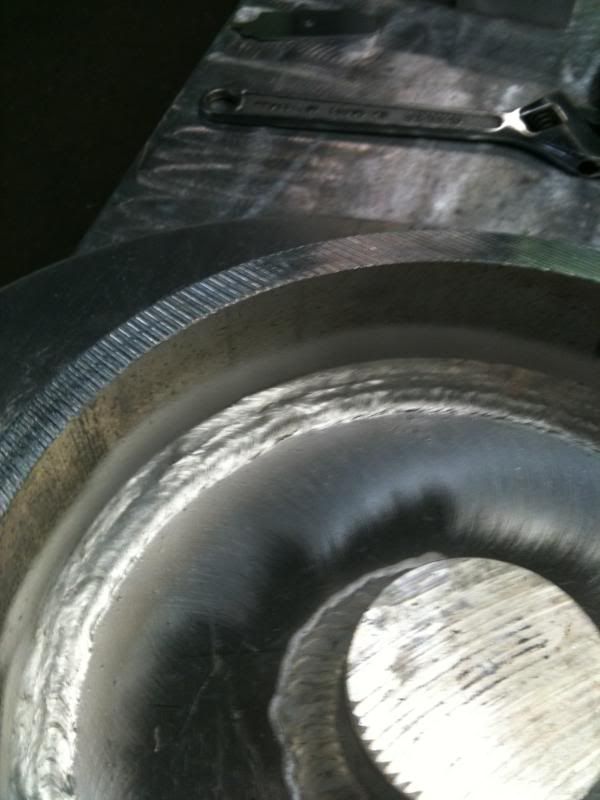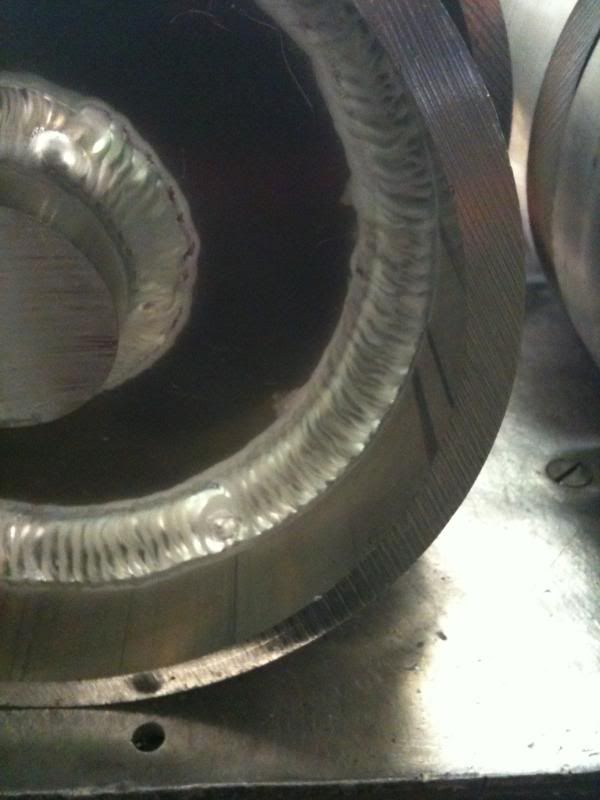I did the same route, course through the local JC. I'd had friends try to teach me, but just because you can weld doesn't mean you can teach.
I was struggling. Rod was sticking, ugly *** beads. Finally the instructor came up from behind, grabbed my hands and showed me how to control the puddle. It was like a light switch was thrown. I control the puddle, it doesnt control me. I'm sure the instructor would have much rather bent over some fine chick, but I'm glad he took the time.
Btw, he had us start with 6013, if you can't make a nice weld with that you might want to give up.
Mig, tig and all is great, but if you're broke down in the middle of nowhere, and all you have is your dual batteries, a set of jumper cables, and a stick you're ready to weld.




